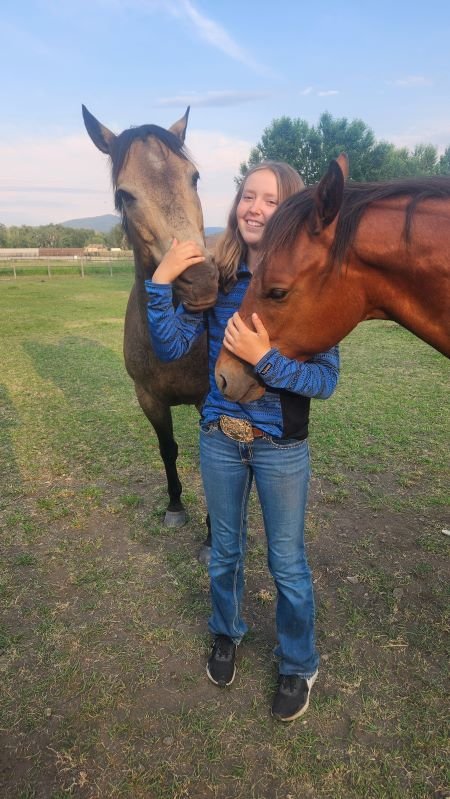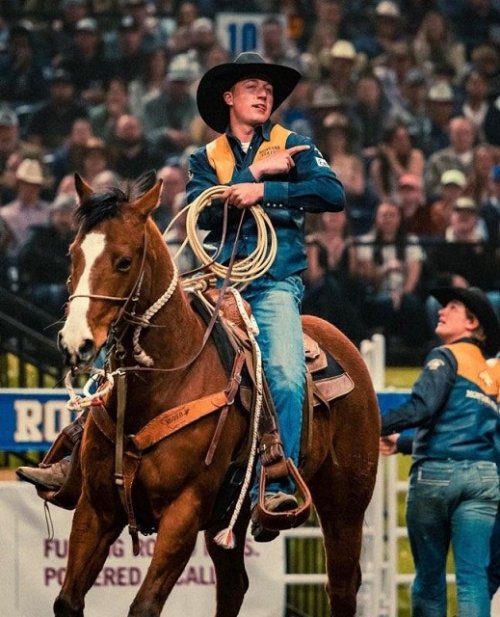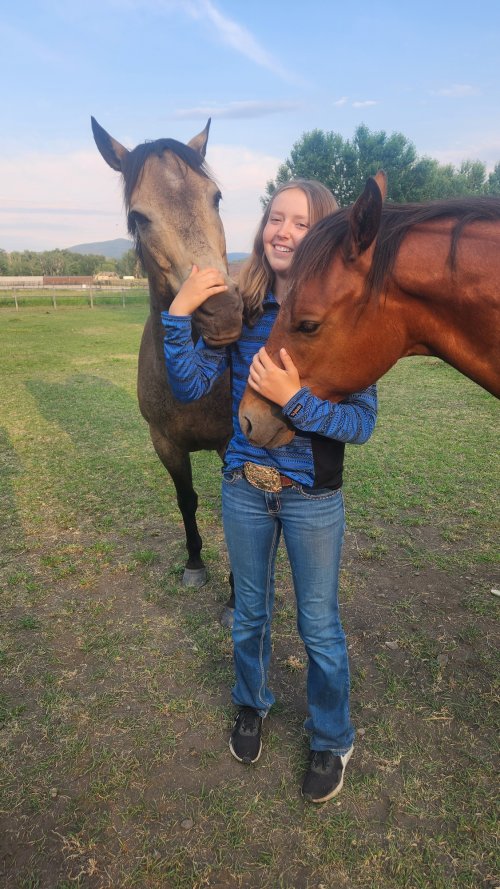I think their example is a good one. The random draw element is neat, I think iv encountered a few other type 2 BMA that have a random selector as well.They allow more resident elk hunting than any ranch I’m aware of.
Yet, I doubt Mr. Blank is relying on cattle or elk to pay his bills, making it a hard comparison to ranch owners who rely on cattle or elk to pay their bills.
View attachment 343408
Certainly unrepresentative of smaller operations but arguably PVR compared to bob anderson is a good contrast
Two opposite ends of of the social economic spectrum providing the same access opportunities. Well almost the same.







